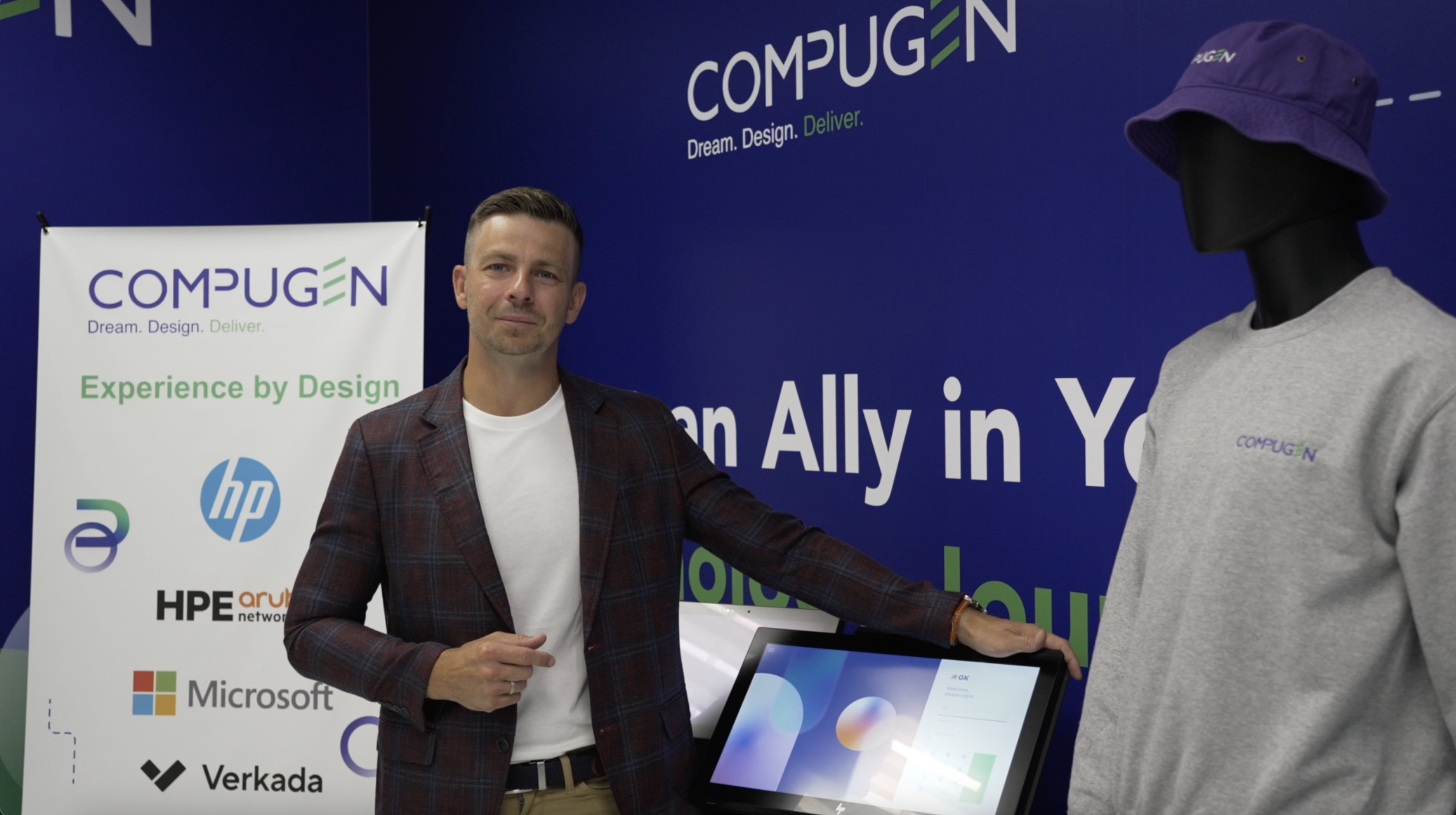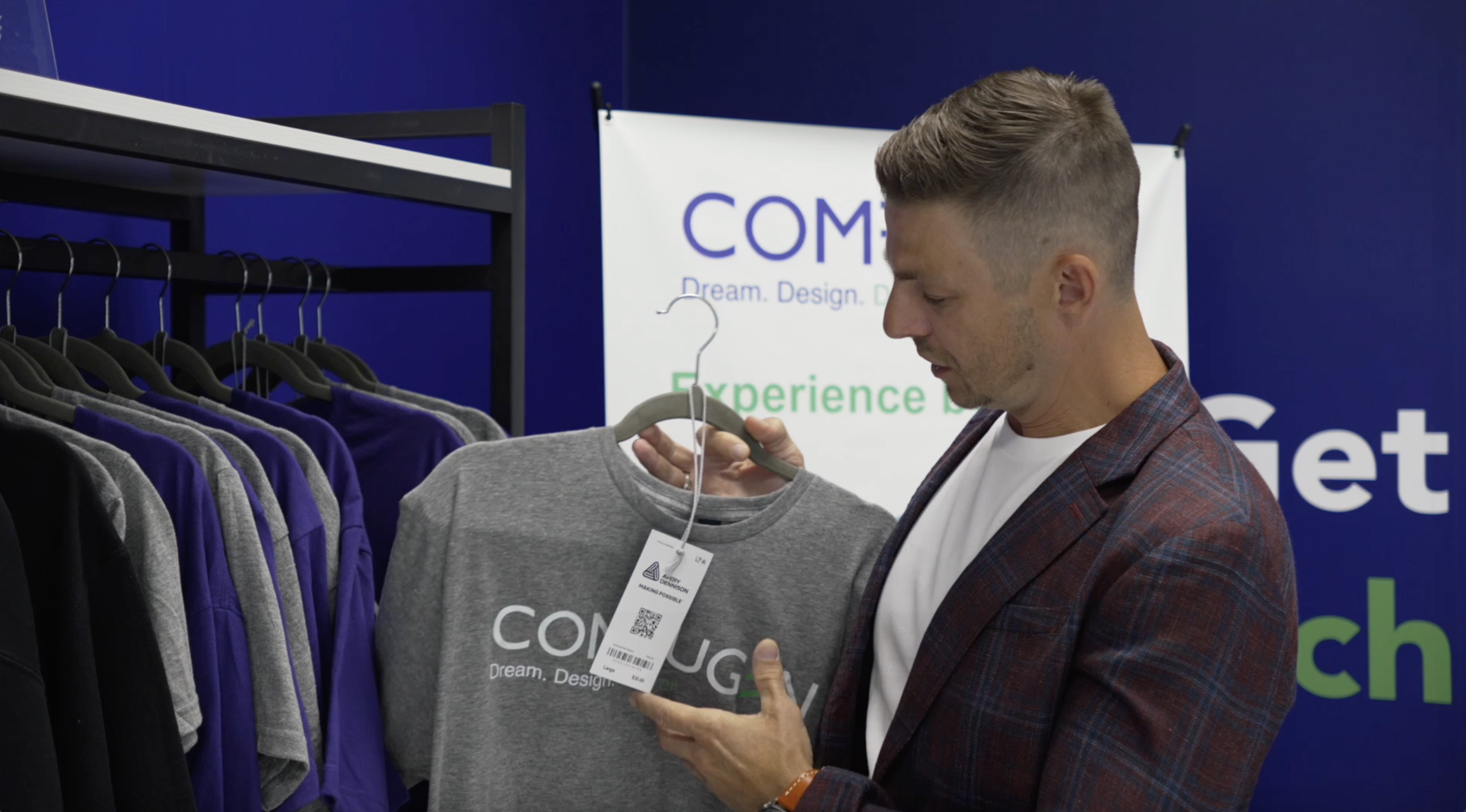Welcome back! In this second episode, we dive into a crucial topic for organizations – device refresh cycles. Join us as we unravel the insights and strategies surrounding the optimal timing for updating end-user devices. From cost savings to productivity gains, we'll explore the key takeaways that can help your organization make informed decisions about its device refresh strategy. Stay tuned for an enlightening conversation that could reshape your approach to technology management.
Watch the Podcast:
What are the Possibilities With a More Modern Approach to Tech Refreshes? Episode 2
Panelists:
Brent Smiley, ITAD Programs Expert, Compugen
Bill Polnick, Customer Success Specialist, Compugen
Salvatore Cianchino, Podcast Host, Compugen
Key Takeaways:
-
-
-
-
Cost Savings with Refresh Cycles: Refreshing end-user devices every three years reduces the total cost of ownership by 24% compared to a six-year refresh cycle. This is primarily due to the reduced repair requirements of newer devices.
-
-
Repair Frequency and Productivity Loss: Devices that are four years or older have a much higher likelihood of needing repairs. On average, such devices lead to about 112 hours of annual productivity loss due to repair-related downtime.
-
Band-Aid Solutions Aren't Effective: Upgrading devices with extra RAM or software enhancements as a way to extend their lifespan is often a band-aid solution. It's better to invest in new devices with improved processors for better productivity and employee experience.
-
Total Cost of Ownership Approach: When considering device refresh cycles, it's crucial to take into account both hard costs (equipment, warranties) and soft costs (employee productivity, attrition rates). An evergreen approach, replacing a portion of the fleet each year, can help manage costs effectively.
-
Challenges and Solutions for Refresh Cycles: Organizations may face challenges such as resistance to change and concerns about costs. Outsourcing device management to partners, focusing on proper planning, and considering the complete total cost of ownership can help overcome these challenges and make informed decisions regarding device refresh cycles.
-
-
Overall, this episode highlighted the strategic significance of planned device updates in optimizing efficiency, managing expenses, and maintaining a productive work environment.





.png)